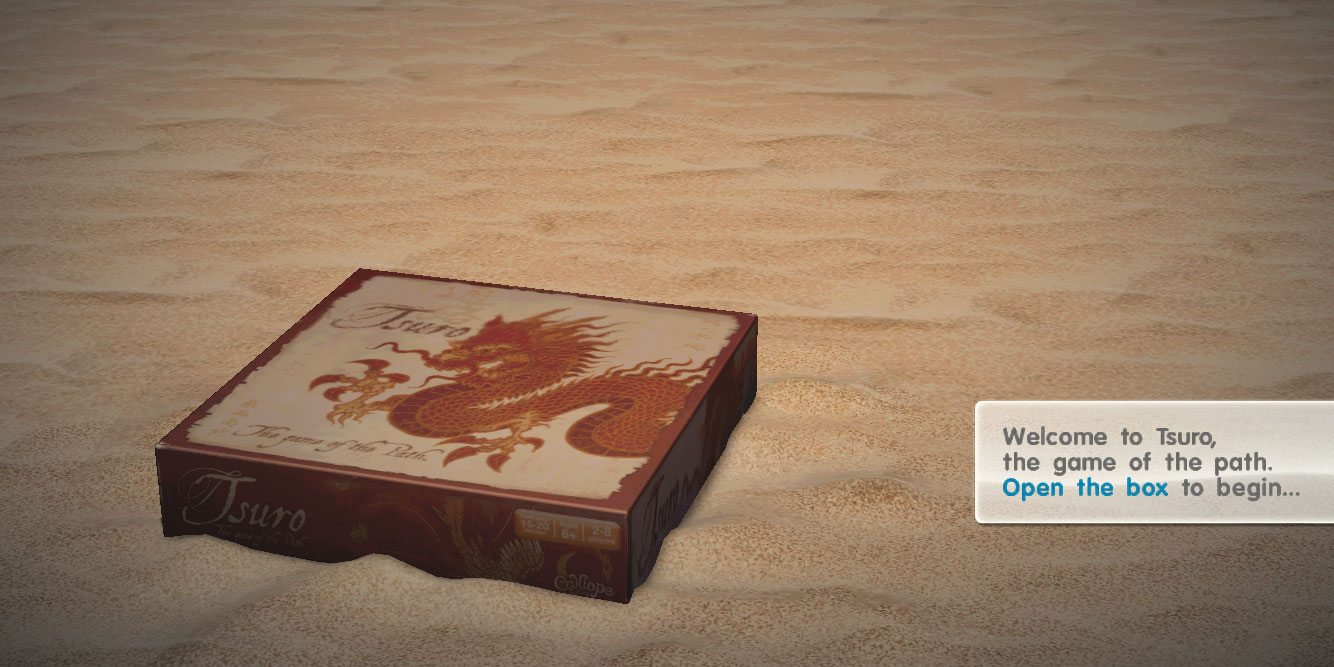Gameplay:
The city starts small: just the City Hall tile in the center of the table. Each player takes their bidding tokens and four role cards. Before you begin playing, you actually draft a hand of four cards. That is, you keep one and pass the rest, then keep one of the three you’ve been passed and pass the remainder, and so on, until you’ve kept four cards.
There are four phases to each round, and the game lasts three rounds.
The goal of the game is to have the most benchmark tokens at the end of the game. You earn a benchmark token each time your scoring pawn wraps around from the star to the 1 on the scoring track, and you earn two benchmark tokens each time your pawn lands on the star exactly.
Phase 1: Preparation
Each player takes four building tiles and four zone cards. They pick one role card and place it face down on the table. Once everyone has chosen a role card, the role cards are revealed. The player with the lowest role number is starting player for the round. In addition, each player gains the ability shown on their chosen role card for that round.
Phase 2: Zoning
Starting with the first player, each player adds one zone tile to the city, placing them so that at least one sidewalk touches another sidewalk (and not a canal). If you play a community tile (which shows a picture of a building), then you immediately draw another zone tile and play that. (Repeat until you have played one empty lot.) If the empty lot you play is adjacent to at least one other tile of the same color, you’ve formed (or added to) a district, and you get one point for each matching tile that yours is touching.
During rounds 2 and 3, the starting player actually calls a direction, and all tiles must be placed in that direction from City Hall. This serves to put all of the zoning tiles in one area so that you don’t get as many singletons, which can’t be built on.
If you can’t place a zone tile legally, you show your tiles and if all players agree there are no legal moves, then you can place it illegally.
Phase 3: Bidding
Players take turns bidding for undeveloped zones by placing their bidding chips on lots. You can outbid somebody by placing a chip on top of theirs, or you can lock in a zone by having two of your color in a row. Once bidding is complete, the top chip for each zone indicates the winning bidder, and all the lower chips are removed and returned to the players.
Phase 4: Construction
This is the real meat of the game, where most of the scoring happens. Players take turns adding one building tile to the city. If you’re building a first floor, you’ll have to own at least one of the two lots where you’re placing the building, and they cannot be divided by a canal. Buildings must match the zone types or the buildings they’re being placed on top of — mixed-use lots and buildings are wild and can be matched to anything.
You get the primary points (shown in the center of the building tile). Also, whoever owns the lot gets the bonus points for that side of the building. In addition, community center tiles can affect the score of buildings placed in the surrounding eight spaces. Finally, odd-numbered upper floors (3 and higher) get bonus points as well: 1 for the 3rd floor, 2 for the 5th floor, 3 for the 7th floor, and so on. The floor markers are placed on even-numbered floors as reminders of these bonus points.
If you have no legal moves, you can pass, and attempt to build on a future turn. Once all legal moves have been made, then any remaining building tiles are discarded and the phase is over.
End Game
The game ends after round 3. Whoever has the most benchmark tokens wins. Ties go to the player who is higher on the scoring track. Second tie-breaker goes to the player with the lowest role card.
Conclusion:
Zoning and planning might sound like a pretty dry topic for a board game, but trust me: Sunrise City is far from boring. For one, the roles give everyone interesting abilities, and they seem to be pretty well-balanced: the lower numbers are less powerful, but you’re more likely to go first. Some examples of the abilities: being able to build a 1st floor building across a waterway, getting double points for points in the zoning phase, scoring points whenever another player adds a first floor building to the city, or swapping two bidding chips before construction starts. Plus, with the drafting at the beginning, you’re less likely to have one player stuck with a bad deal.


A few of the Sunrise City role cards, some featuring Kickstarter backers and the folks behind the game.
Stacking up building tiles is fun, but what makes this game ingenious is the scoring system. It’s not about just piling up the most points, but scoring points in a strategic fashion so you can land exactly on that star. If you plan things out, you can land on that star several times in a round and score a whole bunch of benchmark tokens. But it only takes one point to throw off your carefully-wrought plans. Some of the roles, while they give you the opportunity to earn a lot of points, make it much harder to plan out your attack, because you don’t know where you’ll be on the scoring track by the time it’s your turn.
There are some interesting differences when you play a two-player game: there’s an advantage to being second player, because you have the last bid during the bidding phase and can use that to outbid the other player. Plus, any time you build an even-numbered floor you know you’re giving your only opponent the chance to grab those bonus points. With three or four players, the bonus points get spread out a little more. Also, when you only have two players, there’s a bigger chance that you might end up with zones that don’t match the buildings in your hands, which can be frustrating but requires some careful planning. With more players, it’s more likely that you’ll have a range of zones to choose from, and that’s where the bidding comes in.
The rules are really thought out well. For instance, when I first read the rulebook I didn’t understand the directional zoning phase — until we started playing. Then I could see that if you let people just add tiles anywhere on the city, you may end up with totally unusable zones all over the place, and the construction phase would be a bust. Adding that direction forces the zones to be closer together to allow for building.
You do need to be sure that you shuffle the building and zone tiles well, though — at one point one player drew three of the exact same building, and we decided to just let him discard and draw some more. Or during one game we had a whole lot of industrial buildings come out, but no industrial zones. That’s where the mixed-use zones and buildings come in, but it’s best if you can have a good mix.
Overall, I think Sunrise City is fantastic. As with Carcassonne, it’s a lot of fun to step back and look at what you’ve built at the end of the game. The phases of the game add variety to the gameplay, and the game is pretty easy to learn and get going. The scoring system is fantastic, rewarding careful planning and calculation over a brute-force “get as many points as I can” approach. My only complaint is in the hard-to-read icons and coloring, which may make the game unplayable for color-blind players.
If you missed the Kickstarter campaign, kick yourself a little for not getting in at the $40 price point, and then pre-order a copy so you won’t have to kick yourself again later.
Wired: Cutthroat urban planning, variety of roles and abilities, innovative scoring system.
Tired: Distinguishing icons on zone and building tiles are teeny.
Disclosure: GeekDad received a review copy of this game.





